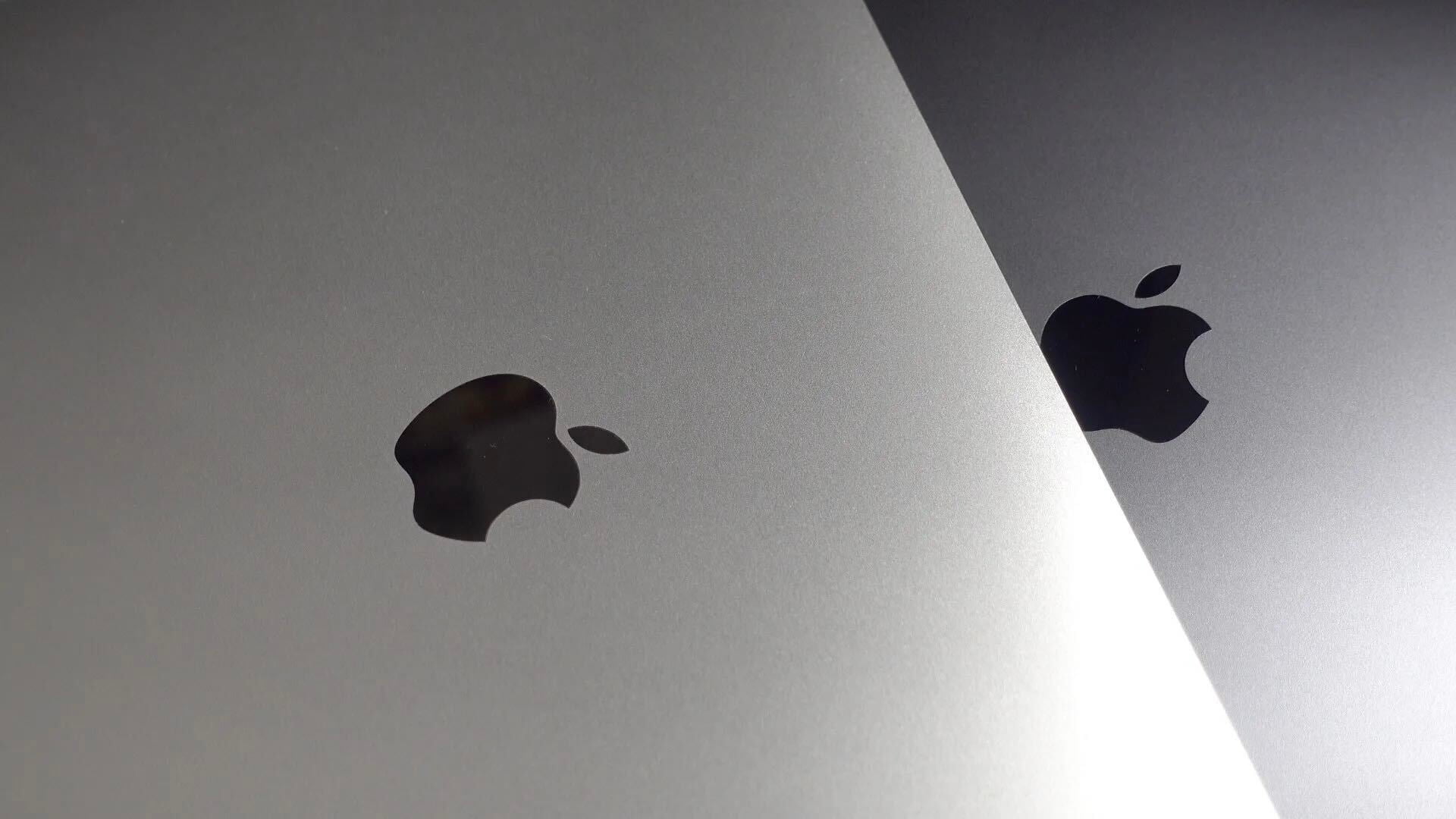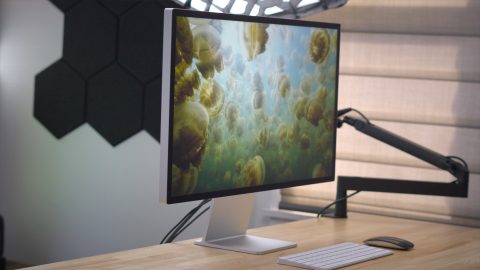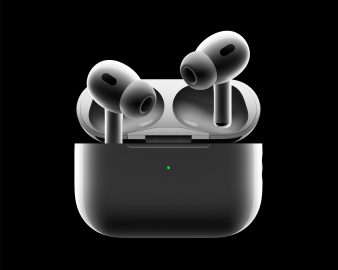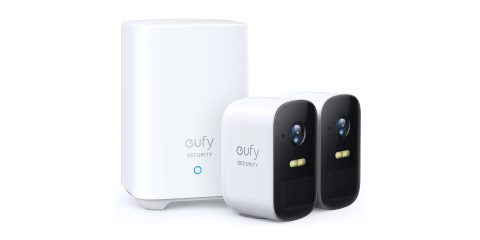
Verizon has launched its first 5G hotspot device today, giving users in select US cities the ability to take advantage of the next-generation cellular network. This also means Verizon customers will be able to try out 5G with an iPhone before Apple includes built-in 5G modems expected in 2020.
After teasing its release at the end of last year, Verizon announced the launch of its first 5G hotspot today, the Inseego MiFi M1000:
Today, Verizon debuted its fifth 5G-enabled device with the launch of the Inseego (Nasdaq: INSG) MiFi® M1000. When connected to Verizon’s 5G Ultra Wideband network, the device, exclusively available to Verizon customers, provides the large bandwidth and fast download speeds required for applications like 4K/8K video streaming, virtual reality and augmented reality (VR/AR), mobile workforce, industrial IoT and more.
The other four 5G enabled devices that work with Verizon service are Android smartphones like the Samsung Galaxy S10 5G. Notably, Apple isn’t expected to include built-in 5G functionality until 2020. However, today’s 5G hotspot release means Apple users can try out the latest cellular network on iPhone, iPad, and Mac.
The Inseego MiFi M1000 costs $650 outright and Verizon also offers a payment plan to bring the price down to $27/month. Alternately, there’s a two-year contract option that brings the price down to $500.

For service, users can add 50GB worth of 5G data for the hotspot to an existing Unlimited smartphone plan for $30 (50GB for 5G downloads, 4G LTE still used for uploads and downloads when 5G not available). That’s $10 more than a 4G hotspot plan.
Verizon consumer customers with an active Unlimited smartphone plan can add a 5G MiFi M1000 to their account and get 50GB of 5G Ultra Wideband data and 15GB of 4G LTE data for $30 a month (plus taxes and fees), an increase of only $10 over 4G LTE service rates. Connected device only plans start at $85 a month (plus taxes and fees), again only a $10 increase over 4G LTE service.
Speeds will be reduced to 3Mbps after the 50GB data cap of 5G data, with the 4G speeds throttling to 600Kbps after the 15GB cap.
Here’s how the business plan will work for the new 5G hotspot:
Business customers with a $45 per month Unlimited Plan get 5G service with 35GB of blended 4G/5G service for an additional $15 per month ($60 total).
For business plans, 5G speeds will be reduced to 200Kbps after the 35GB cap.
Verizon has also announced that St. Paul, Minnesota now has 5G service in parts of the city.
In St. Paul, Verizon consumer and business customers will see 5G Ultra Wideband service in parts of Downtown, Lowertown and West Seventh neighborhoods around such landmarks as the Minnesota Children’s Museum, the Minnesota Museum of American Art, the Fitzgerald Theater, Cathedral Hill Park and the Alexander Ramsey House.
When customers move outside Verizon’s 5G Ultra Wideband coverage area, the 5G-enabled devices, including the mobile hotspot, hand the signal to Verizon’s 4G LTE network, the network more people rely on.
St. Paul joins Minneapolis, Denver, Chicago, and Providence as the other early cities to experience 5G. Verizon is planning to roll out 5G coverage to 30 cities in total by the end of the year.
What do you think? Does this hotspot sound like an enticing way to try out 5G with your Apple devices? Or will you wait until the new cellular standard is more widely rolled out? Share your thoughts in the comments below!
FTC: We use income earning auto affiliate links. More.







Comments